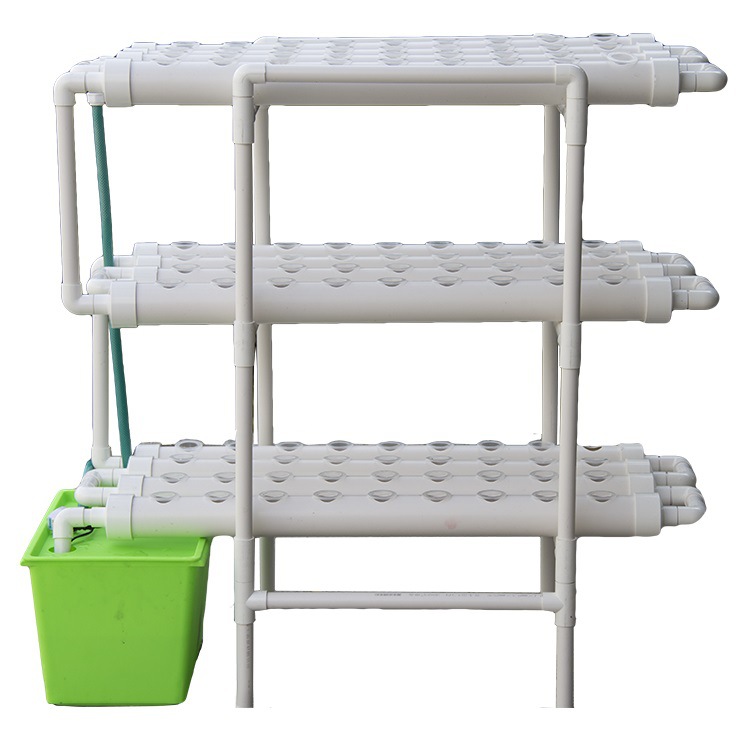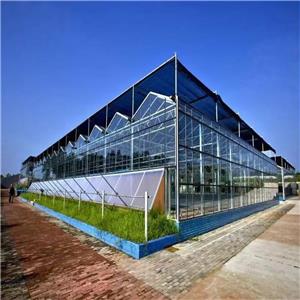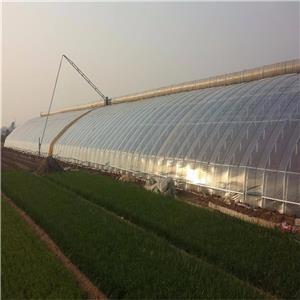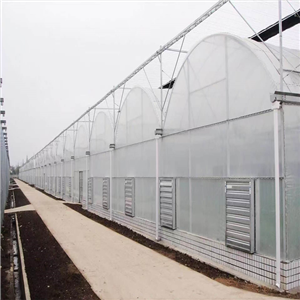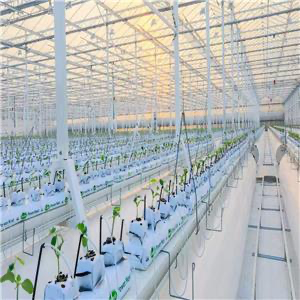
dutch bucket hydroponic planting system is a versatile hydroponic method ideal for growing large fruiting plants like tomatoes, cucumbers, and peppers. This system uses individual buckets connected to a central irrigation line, allowing precise nutrient delivery and easy maintenance.
Dutch Bucket Hydroponic Planting System
1. Introduction to Dutch Bucket Hydroponics
The Dutch Bucket (Bato Bucket) system is one of the most effective hydroponic methods for growing large, fruiting plants. Originally developed for greenhouse tomato production, this system has been adapted for crops like cucumbers, peppers, eggplants, and squash.
Unlike other hydroponic systems that use shared nutrient baths, Dutch Buckets operate as individual growing units connected to a central irrigation system. This allows for:
Customized feeding per plant
Easy isolation of diseased plants
Simple expansion by adding more buckets
2. History and Evolution of dutch bucket hydroponic planting system
1980s: Developed in the Netherlands for commercial greenhouse tomatoes
1990s: Adopted by North American growers as "Bato Buckets" (brand name)
2000s: Modified for small-scale and urban farming
Present: Used in vertical farms and controlled environment agriculture (CEA)
3. Scientific Principles
Dutch Buckets optimize three critical growth factors:
Oxygenation - Air gaps in growing media prevent root rot
Nutrient Delivery - Precise drip irrigation targets root zones
Drainage - 30-50% runoff prevents salt accumulation
Studies show Dutch Bucket systems can increase tomato yields by 40% compared to soil growing.
4. System Components
| Component | Purpose | Recommended Specs |
|---|---|---|
| Buckets | Plant containers | 2-5 gallon, UV-resistant |
| Growing Media | Root support | Coco coir, perlite, clay pebbles |
| Irrigation System | Nutrient delivery | 1/2" PVC mainline, 1/4" drip tubes |
| Drainage System | Runoff collection | 3/4" return pipes, 2% slope |
| Reservoir | Nutrient storage | 20-100+ gallon tank |
| Water Pump | Circulation | 300-800 GPH submersible |
| Timer | Irrigation control | Digital programmable |
5. Types of Dutch Bucket Setups
A. Single Bucket System
Best for: Home growers
Capacity: 1-5 plants
Cost: 200
B. Multi-Bucket Recirculating
Best for: Small farms
Capacity: 10-50 plants
Cost: 1,500
C. Commercial Greenhouse Setup
Best for: Large operations
Capacity: 100-1,000+ plants
Cost: 50,000
6. Growing Media Comparison
| Media | Pros | Cons | Best For |
|---|---|---|---|
| Coco Coir | Excellent moisture retention | Requires buffering | Tomatoes, peppers |
| Perlite | Great aeration | Needs frequent watering | Cucumbers |
| Clay Pebbles | Reusable, good drainage | Heavy when wet | Eggplants |
| Rockwool | Sterile, consistent | Non-biodegradable | Commercial ops |
7. Nutrient Solution Management
Ideal pH: 5.8-6.3
EC Range: 2.0-3.5 mS/cm (fruiting stage)
Nutrient Change: Every 7-10 days
Additives: Calcium nitrate (for fruiting crops)
8. Best Plant Choices
Top Performers:
Tomatoes (indeterminate varieties)
Peppers (bell and chili types)
Cucumbers (vining types)
Eggplants
Squash
Poor Candidates:
Root crops
Leafy greens (better in NFT)
Small herbs
9. System Design Considerations
Key Design Factors
Bucket Spacing: 18-24" for tomatoes, 12-16" for peppers
Slope Angle: 2% minimum for drainage
Irrigation Cycles: 3-5x daily (15-30 min intervals)
Support Structures: Trellis nets or strings required.







